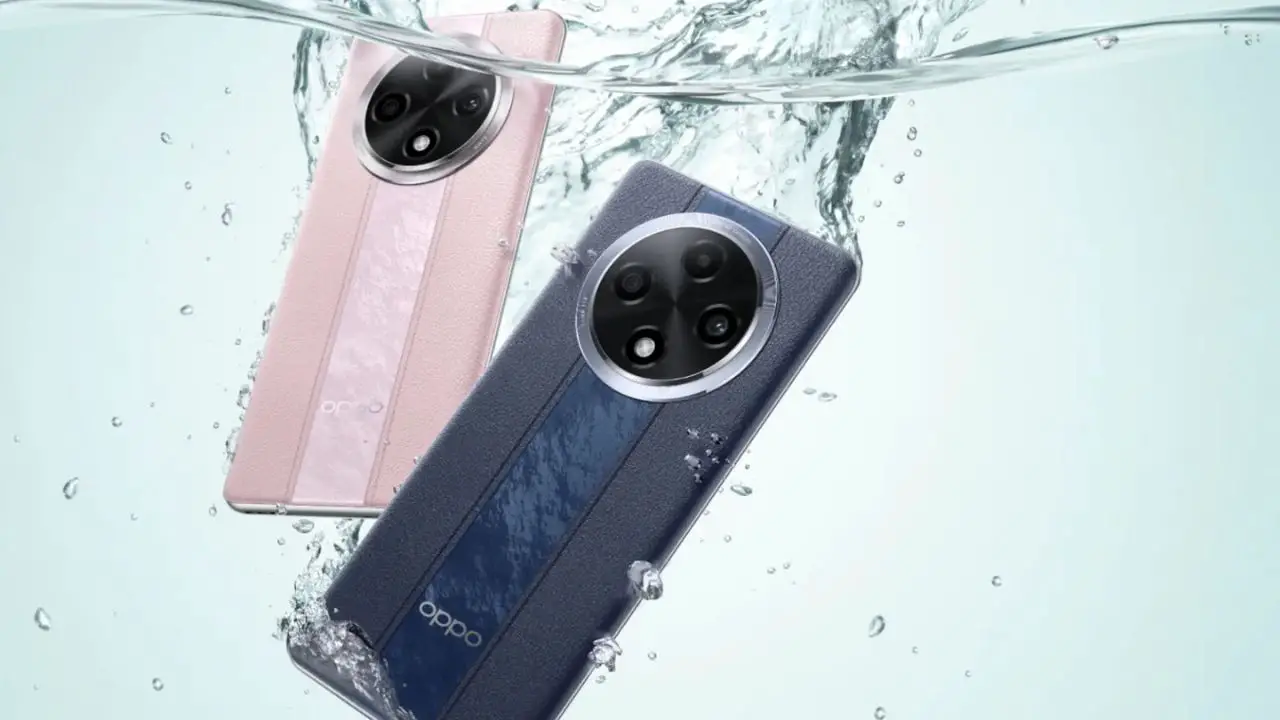 Plasma vs LED? LCD vs LED? I got a press release from Connected Living who designs and installs cutting-edge home automation, systems control, home audio and video systems solutions for homes and commercial projects. The document outlines the difference between a Plasma, LCD, and an LED TV which I think it’s a good one to share to you. I recently got a 40″ LCD TV on my apartment but I’m planning to have an LED when I have my own house (one day).
Plasma vs LED? LCD vs LED? I got a press release from Connected Living who designs and installs cutting-edge home automation, systems control, home audio and video systems solutions for homes and commercial projects. The document outlines the difference between a Plasma, LCD, and an LED TV which I think it’s a good one to share to you. I recently got a 40″ LCD TV on my apartment but I’m planning to have an LED when I have my own house (one day).
If you are thinking which TV to buy and what are the differences between TV types (Plasma, LCD, and LED), might worth to check this article out.
Are you getting the full picture from your TV? Don’t miss a thing in 2010
The 2010 sporting calendar is jam-packed, so now is the time to make sure your TV can handle the pace. Director of Connected Living and broadcast expert Sasha Apel, Director of Connected Living, has some hot tips to ensure that you make the most of your home viewing experience.
Advances in broadcast technology mean that the pictures coming from sporting events are clearer, more full of colour and detail than ever before. High-definition digital broadcast and blu-ray and DVD technology means that you can watch films on virtually the same equipment as the people who made them.
So what should you be thinking about when you choose your next TV?
“If sport is your thing, you want to be able to see a cricket ball as it flies down the pitch, a golf ball against a cloudy sky,” Apel says. “The last thing that the people making the television want to see is their sharply focused footy team turn into lego-men when they hit a home cinema system.”
So if you want to make sure that you see every drop of sweat and every blade of grass bending in a slo-mo replay, here are the most important things to think about when designing your home viewing system.
Black is back
“When it comes to television sets black is the new black,” Apel says. “The way that a TV screen interprets the black information in a television signal is so important. If the black information is processed by the TV to look a little bit green or a little bit blue, then you will never get good depth in your picture, and the whole picture will be not as the broadcasters intended.”
Plasma vs LED vs LCD
Apel says that although plasma sets are the best of the three when it comes to processing black information in a TV signal, they fall behind the more recent LCD and LED technologies in other important areas.
“Plasmas traditionally are the most affordable screen offering the best blacks, wide viewing angle, smooth motion and are great for movie buffs. The downside to plasmas is that they have lower ‘native resolution’, meaning you have less detail in your picture than on a LCD or LED. Plasma sets also have shiny, reflective screens and a potential for an image to ‘burn in’ and be permanently visible on the screen.
“When you buy your plasma you’ll need to read carefully how to run it in to minimize burn-in,” Apel warns. “But don’t let this put you off, because some of the better models now do this automatically.”
HOT TIPS about Plasma TV’s:
Plasma TV UPSIDE
- plasmas have great ‘blacks’
- plasmas are good in a darker room
- plasmas are great for movies
- look out for models displaying IPS (In-Plane Switching), Super IPS and Alpha IPS. These models have been optimized to increase viewing angles dramatically, meaning that you no longer have to be standing directly in front of the TV to see what is on the screen.
Plastma TV DOWNSIDE
- plasmas can be slow to refresh which might make things look blurry or blocky: if your budget allows go for the higher refresh rate (200Hz).Apel says that LCD’s in the popular 40’-42’ range are now competitively priced just above plasmas and offer better resolution than the older plasma technology.
“LCD sets now come with either 100Hz or more powerful 200Hz processing engines which means that they can handle fast motion better than in previous years. The slower the processing engine, the less information makes it onto the screen from frame to frame. This is important if you are watching sport, because with a slow processing engine you might get grass blurring in an AFL or NRL match when the cameraman pans to follow play.
“Vast improvements have been made in technology between plasmas and LCD’s. However the golden rule still applies: you will get what you pay for.”
HOT TIPS about LCD TV’s:
LCD TV UPSIDE
- there is no danger of burn in with LCD screens
- LCD is great in a bright room
- LCD’s are ideal for using with your X-Box, PS3 or Wii gaming machine.
LCD TV DOWNSIDE
- LCD screens cannot produce ‘true black’
- LCD screens have a smaller viewing angle than plasmas.
The most expensive and latest TV screen technology to hit the shops is LED.
According to Apel, LED’s are the all-rounder that will eventually become dominant in the market.
“If you’re into energy efficiency and love the aesthetics of your TV as well as the idea of saving power, then LED, although expensive now, is the choice for you,” he says.
LED screens are actually a type of LCD panel, and come in two different types: ‘Backlit’ & ‘Edgelit’. These ultra slim screens produce plasma like blacks with the resolution of LCD and run 40 per cent more efficiently than conventional LCD’s.
‘Backlit’ LED screens produce the best blacks similar to plasma, and are great for film viewing whilst ‘Edgelit’ LED screens use less energy, have fewer diodes meaning that they produce less heat and have much slimmer screens.
“The downside to LED’s is a smaller viewing angle, limited screen sizes to 40’ and above, and of course, being new technology, the price is still high,” he said.
Behind the screens – other things to consider
According to Apel, the saying “a system is only as good as its weakest link” is very much the truth when it comes to home cinema.
“By thinking about good quality cables, high definition set-top boxes and recorders and programmable remote control units you can ensure that you are making the most of what you have right now.
“For example, an increasing amount of sport is supplied in high definition, so now is the time to update your set-top box to high definition, and if you have pay TV you should update that box to high definition at the same time. High definition television broadcasts are usually provided with a 5.1 surround sound feed, so getting a 5.1 capable amplifier and matching speaker set will revolutionise the way you experience what you are watching, bringing the atmosphere of the game or the film into your lounge room.”
And finally says Apel, why not consider the most recent trend in home cinema: outdoor cinema.
“Our summers are getting longer which means that you have more time than ever to lounge in the pool watching State of Origin with full weatherproof 5.1 outdoor speakers cranking….”
If you have opinions about Plasma vs LED TVs (or Plasma vs LED vs LCD), do let us know!







Comments are closed.